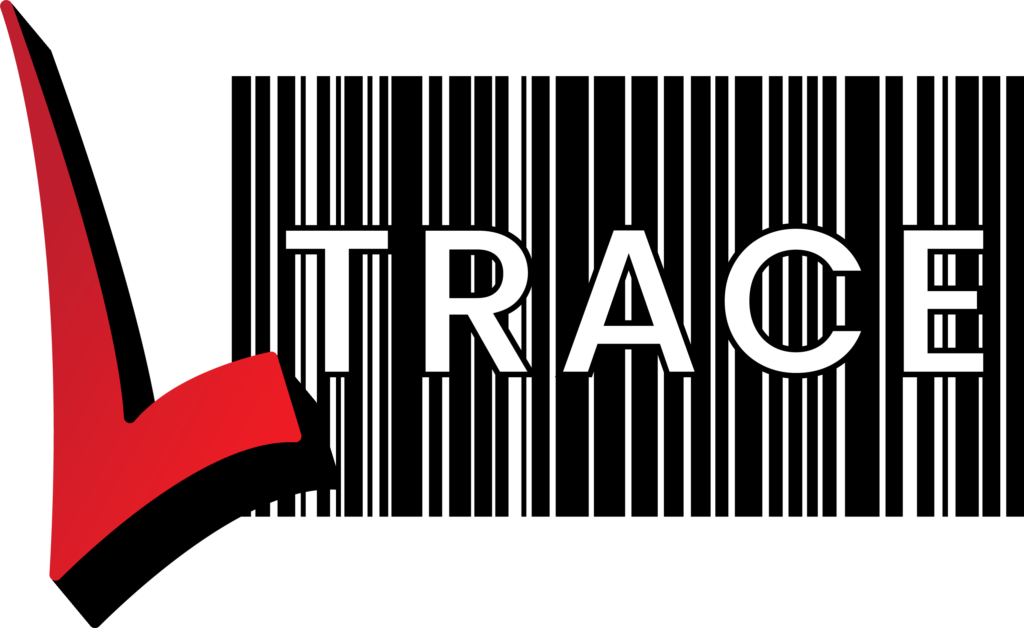The current practice
Most hospitals will do very little when it comes to sterilisation tracking:
When an item is sterilised, attach a sticker with the steriliser, batch number and date.
This allows staff to know that an item has been sterilised. If the label is missing then the item is not safe to use.
The purpose of the label is to answer the one question “can I use this item now?“
When an item is sterilised, write the type of item in a book
This is a very slow, labour intensive process to help overcome one of the biggest shortcomings of the standards.
If a load is later rejected, it is impossible to tell what items were sterilised, where they are, and if they have all been accounted for. Without this step every item in the hospital and every patient note since the batch would need to be checked.
By writing this information down, staff will know how many items were sterilised and where they may possibly be. After that, patient notes still need to be checked. Depending upon the item this may involve searching specific procedures or every patient.
This steps allows the following questions to be answered:
- How many items were in this load?
- What type of items were in this load?
This solution is time consuming, and the results are only used occasionally. Without it, however, a recall could take weeks to complete.
When an item is used, place the batch sticker in the patient notes
By placing the sticker in the patient notes, staff are now able to answer some vague questions:
- “How many sterilised items were used by this patient?” (count the labels)
- “In which sterilisers and loads were these items sterilised in?“
Why this is totally inadequate
The current standards are only intended to answer one question – “Can I use this item?“
The problem is, it offers no assistance when something does go wrong. For example, these scenarios will tie up resources for days or weeks:
- A load needs to be recalled a month later. All sterilised items need to be returned, and patients who used the items may need to be monitored.
- You are notified that an old patient has CJD.
- There is an increasing number of patients with post-op complications. What are the common factors?
Questions that a tracking system can answer when something goes wrong
- “Where are all the items from this batch?”
- “What items did this patient use?”
- “Which patient used the items from this batch?”
- “Which patients have used this item?”
- “Which patients used these items next?”
- “Which patients used these items previously?”
- “Which items are common between these two patients?”
That’s a huge amount of critical information that is available instantly. That can be the difference between recalling an item before it is used or after. It is the difference between calling in one patient and thousands of patients. It’s the difference between a quick and simple response, and a PR nightmare.
Questions that a tracking system can answer every day
- “What is this item?“
- “How do I wash/prepare/pack/store it?”
- “Where is this item?”
- “Who washed/packed/sterilised/moved this item?”
- “How many loads did we do this day/week/month?”
- “How many fast tracks were there?”
- “How many items were used this day/week/month?”
- “What loansets do we currently have?”
- “What does this item look like?”
- “How many sets do we have?”
And the list goes on. In fact, a tracking system is designed to make life easier every day – not just when the wheels have fallen off.
What are the problems with the standards?
They weren’t written to help you in the event of something going wrong, and they weren’t written to help staff with the daily tasks. The standards are the minimum required, not best practice.
The standards will change and slowly catch up with changes to technology. Face it, barcode scanners have now been around for decades, and supermarkets left pricing guns behind last century.

